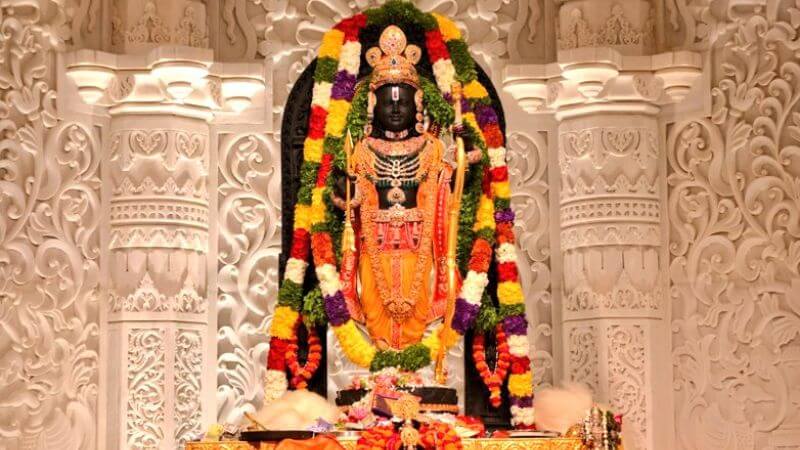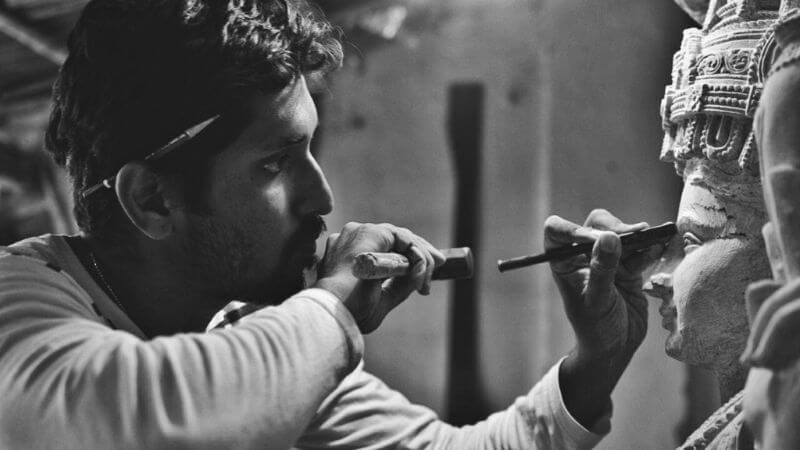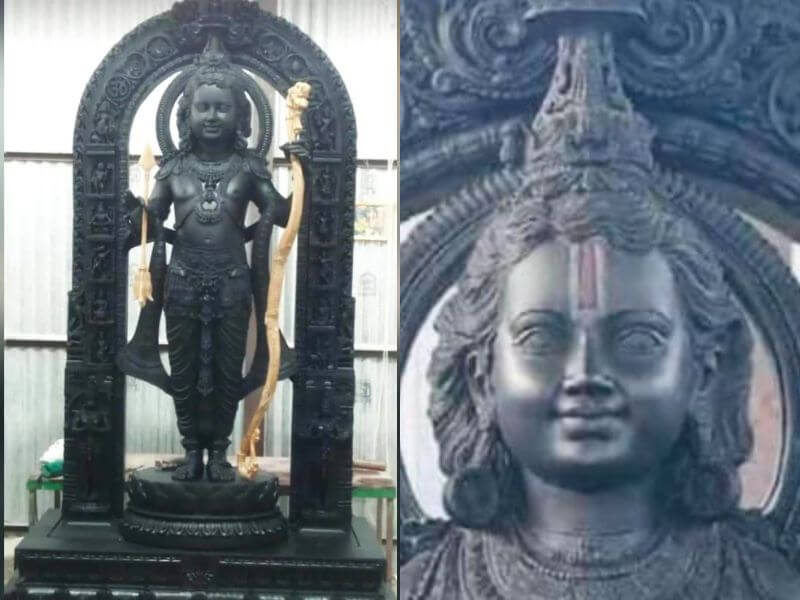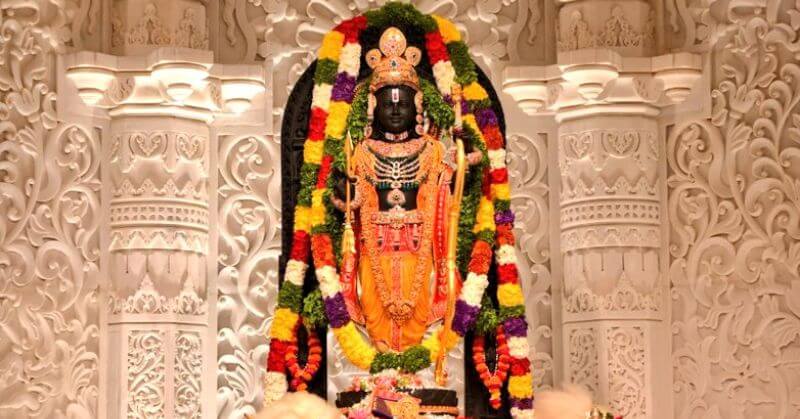PM Narendra Modi led the Pran Pratishtha for the 51-inch Ram Lalla idol, crafted from Karnataka’s special black granite. Crafted from unique black granite from Karnataka, the divine creation bridges ancient spirituality with contemporary craftsmanship. The introduction of the sacred idol marks a momentous occasion in the heart of Ayodhya, where faith and art converge. The fusion of ancient stone and modern engineering sets the stage for a celestial narrative within the new Ayodhya temple.
The Journey From Karnataka

Originating from the mines of Jayapura Hobli in Mysuru, Karnataka, the black granite undertook a transformative journey. The geological relic transitioned into a spiritual cornerstone, symbolizing the sacred essence infused into the Ram Lalla idol. Pilgrims seeking the divine essence of Lord Ram echo the journey of the black granite from Karnataka to Ayodhya. The stone’s odyssey embodies the meticulous selection process, ensuring it’s the perfect canvas for sculpting the divine.
Geological Endurance
The NIRM, under the guidance of Dr. Venkatesh, meticulously analyzed the 2.5-billion-year-old black granite for physico-mechanical properties. The stone’s durability and resistance to climatic variations were scientifically validated, ensuring it stands the test of time. Dr. Venkatesh’s affirmation of the rock’s durability highlights its resistance to climatic variations, promising minimal maintenance. The black granite’s endurance, certified by NIRM, aligns seamlessly with the architectural vision of the Ram Temple.
A Sculptor’s Tale Of Ram Lalla

Arun Yogiraj, a fifth-generation sculptor from Mysuru, brought the black granite to life as the Ram Lalla idol. The six-month-long meticulous process of carving the divine form reflects Yogiraj’s dedication to his craft and spiritual artistry. Yogiraj’s craftsmanship, seen in masterpieces like the Netaji Subhash Chandra Bose statue, is a testament to his artistic legacy. The transition from raw granite to the exquisite Ram Lalla idol signifies physical transformation and a spiritual journey in sculpting.
Scientific Validation
The NIRM’s testing laboratories at Kolar Gold Fields critically assessed the granite block, ensuring suitability for sculpting the idol. Described as “massive, melanocratic, and uniform in color,” the black granite showcased fine-grained texture and exceptional strength. Dr. Venkatesh’s detailed analysis revealed the stone’s fine-grained texture, making it an ideal canvas for intricate carving. The stone’s exceptional strength, affirmed by NIRM, solidifies its suitability for crafting the intricate Ram Lalla idol.
Legacy In Stone Used In Making Ram Lalla

The Ram Lalla idol, finding its eternal abode, becomes a living legacy within the new Ayodhya temple. Earth’s history, spanning billions of years, echoes through the silent presence of the black granite statue. The ancient black granite connects the present devotion with the enduring spirit of Lord Rama, bridging ancient past and present. In Ayodhya, tradition intertwines with modernity, encapsulating the everlasting beauty of faith in stone.
Follow Us: Facebook | Instagram | Twitter |
Youtube | Pinterest | Google News |
Entertales is on YouTube; click here to subscribe for the latest videos and updates.














